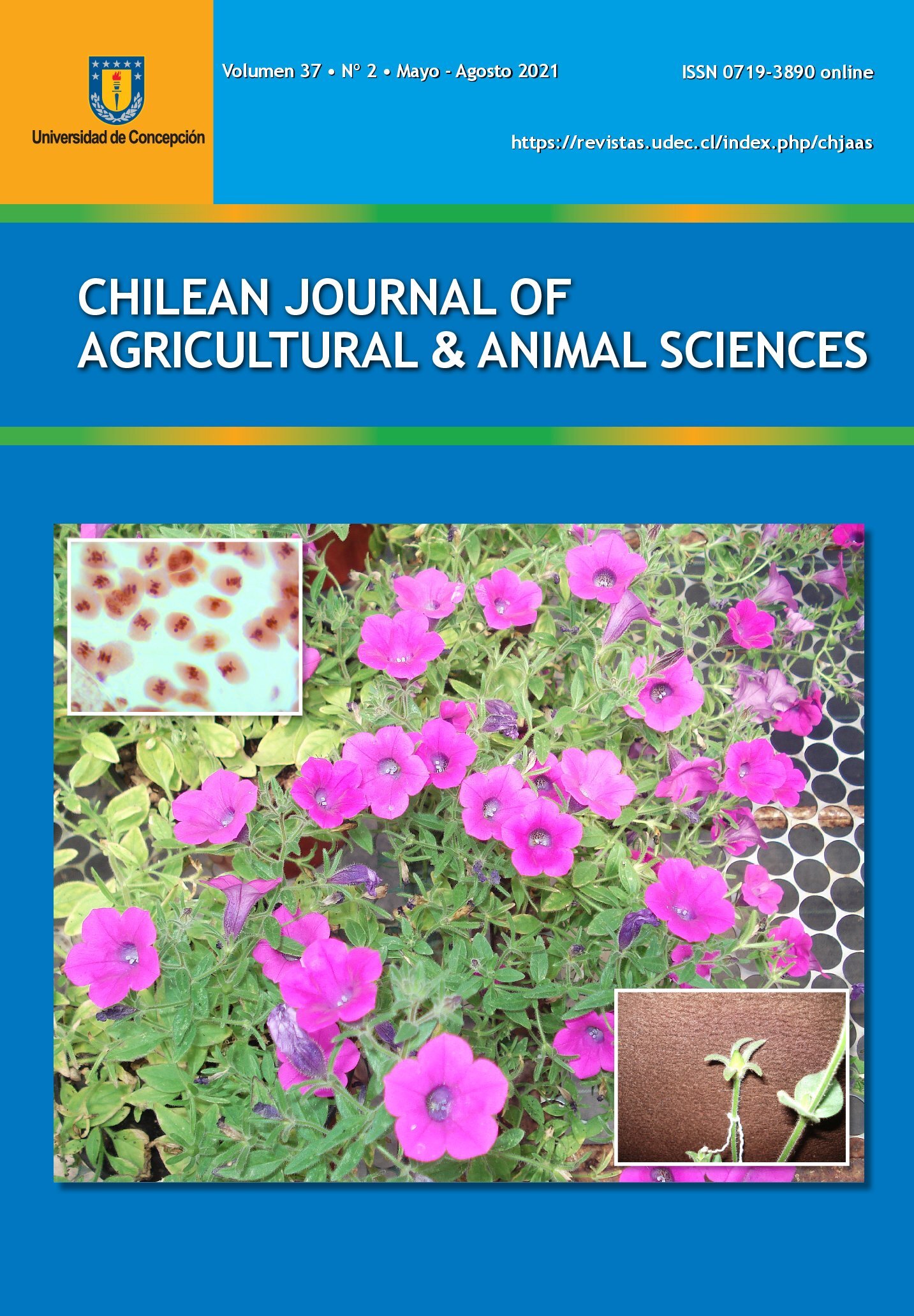USE OF BRIDGING PLANTS FOR THE IMPROVEMENT OF THE COMPLEX Calibrachoa – Petunia
Keywords:
pollen, ornamental plants, breeding, meiotic, native plantsAbstract
The hybridization technique through bridging plants uses indirect or intermediate crosses as an instrument to cross parents with different levels of ploidy. The objective of this work is to obtain hybrids that can be used as bridges in crosses with ornamental species of the genus Petunia and/or Calibrachoa. This can overcome the incompatibility barriers that arise when hybridization is direct between species. To obtain hybrids, directed crosses were carried out between: P. integrifolia, P. inflata, P. interior and P. axillaris subspecies axillaris; with C. linoides, C. ovalifolia, C. thymifolia, C. caesia, C. x hybrida var. Kabloom blue and C. x hybrida var. Kabloom yellow. The first step was the detection of putative combinations. In order to do so, the fruiting rate, which was defined as the formation of fruits every 10 intergeneric crosses, was compared, and variable results were found for each combination. A hybrid plant was obtained between P. inflata x C. x hybrida ‘kabloom yellow’, where morphological, pollen viability and meiotic studies confirm its nature. With the bridge hybrid obtained, reciprocal crosses were carried out with all of the Petunia and Calibrachoa species involved, obtaining 31 hybrid plants sharing morphological characteristics of both genera in combinations with P. inflata and P. integrifolia. The identification of intergenetic crosses with a high fruiting rate opens doors for future studies on the development of hybrid embryos. This would allow determining the optimum time to apply embryo rescue techniques in order to increase the number of hybrid bridging plants.
Downloads
Published
How to Cite
Issue
Section

This work is licensed under a Creative Commons Attribution 4.0 International License.







